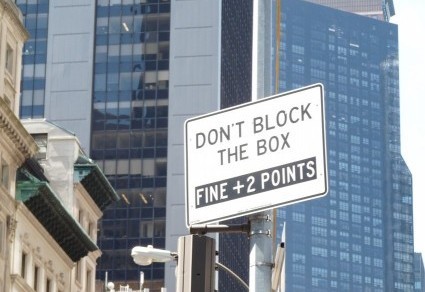Pollsters these days constantly inform us that we are divided. We can’t seem to agree on anything, they report, except that we do not agree on anything. That may be true (or not — feel free to disagree about agreement). It also may be true that we are simply confused. Certainly this signwriter is:

First of all, if someone is having so much trouble decoding the word FIVE that the numeral is necessary, why use the relatively sophisticated word MAXIMUM? Second, what does FIVE (3) CUSTOMER mean? Don’t answer that. Instead, take a look at this advertisement, specifically the middle caption:

I’ve spent a fair amount of time trying to figure out what an ORIGINAL REPRODUCTION could possibly be. I have given up, but I invite you to try your hand.
Each of these signs, on the other hand, is perfectly clear. Together, not so much:

The best meaning I can come up with: All roads lead not only to Rome but also to Lake Wallenpaupack Palmyra Township.
If you drive there, or anywhere else, for that matter, be sure you have enough fuel. You never know when you will encounter a pump like this one:

I sympathize with the gas station attendant. There’s an awful lot NOT WORING these days. Perhaps we can all agree on that?





